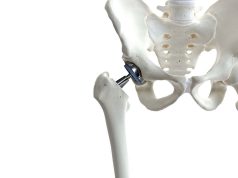Drop in routine electrocardiogram testing, but not in plain radiography, hematocrit, urinalysis
TUESDAY, June 9, 2015 (HealthDay News) — The publication of 2002 professional guidelines on routine preoperative testing correlated with a reduction in routine electrocardiogram testing, but not in the incidence of radiography, hematocrit, urinalysis, or cardiac stress testing, according to research published online June 8 in JAMA Internal Medicine.
Alana E. Sigmund, M.D., from the New York University School of Medicine in New York City, and colleagues conducted a retrospective analysis of nationally representative data to examine the long-term national effect of the 2002 professional guidelines on physicians’ use of routine preoperative testing. Data were included for patients who were evaluated during preoperative visits from Jan. 1, 1997, through Dec. 31, 2010. A quasi-experimental difference-in-difference approach was used to assess the role of publication of professional guidelines in 2002 on temporal trends in testing.
The researchers found that after publication of professional guidelines there were no statistically significant overall changes in the use of plain radiography, hematocrit, urinalysis, or cardiac stress testing, after accounting for temporal trends in routine testing. In the period after publication of the guidelines there was a decrease in the rate of electrocardiogram testing.
“Because routine preoperative testing is generally considered to provide low incremental value, more concerted efforts to understand physician behavior and remove barriers to guideline adherence may improve health care quality and reduce costs,” the authors write.
One author disclosed financial ties to CardioDx.
Copyright © 2015 HealthDay. All rights reserved.








